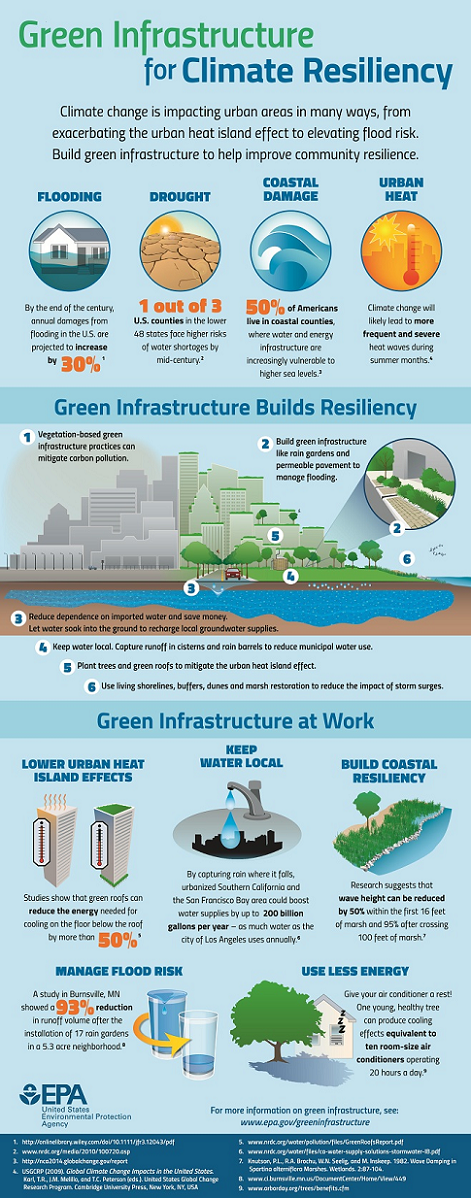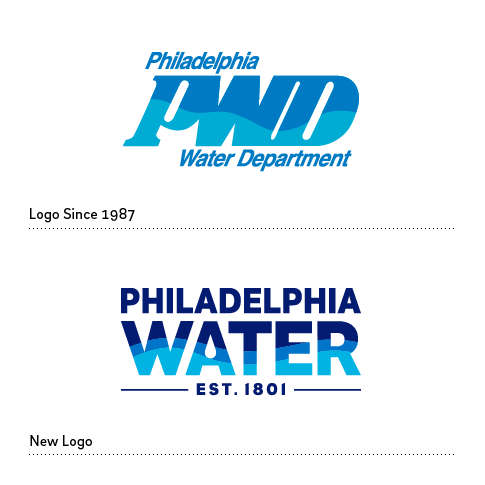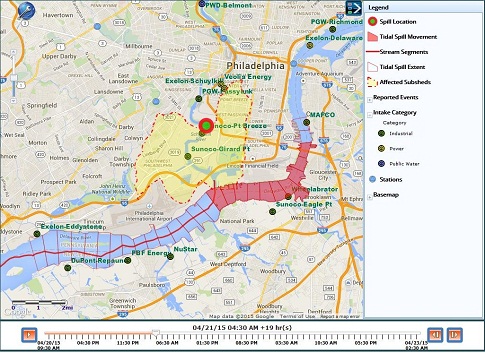The U.S. Environmental Protection Agency has a cool new infographic out showing how the green stormwater infrastructure we use in Green City, Clean Waters helps to reduce the impact of climate change by making Philadelphia a more resilient city.
The EPA graphic focuses on urban areas and paints a grim picture of the future awaiting cities as the effects of climate change intensify in the coming decades. Considering the already staggering cost of flooding events stemming from super-storms like Hurricane Sandy, the projection of a 30 percent increase in annual flood costs is especially troubling.
But there's good news, too: we already have the some of the tools we need to help fight the negative impacts highlighted. And, thanks to Green City, Clean Waters—a plan that the EPA approved back in 2011—Philadelphia is ahead of the curve when it comes to using green as a tool for making our neighborhoods safer, more livable places.
We like to point out how our green approach makes our city a better place right now, but it's also about looking out for future generations. That's why Philadelphia Water is taking climate change seriously and designed Green City, Clean Waters to be flexible and adaptive in the face of environmental challenges that range from more intense storms to longer and more intense droughts.
Check out the EPA infographic here:

Source: U.S. Environmental Protection Agency
When you look at numbers like those from the Burnsville study—a 93 percent reduction in damaging stormwater runoff—it's easy to see how having more rain gardens and other green tools will be a real asset in a future where we see more and more instense rain events. It's just part of larger long-term plans Philadelphia Water and the city have for addressing climate change, but Green City, Clean Waters will play a role in addressing those challenges over the next few decades.
Want to keep up on Green City, Clean Waters news and events and learn more about sustainability initiatives at Philadelphia Water? Click here and sign up for our monthly newsletter now!



